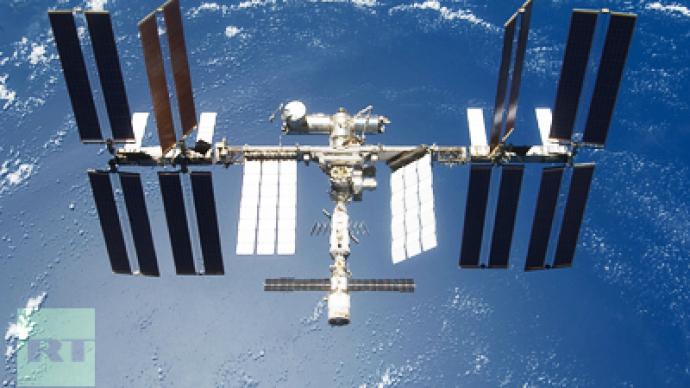ISS marks decade in space

The International Space Station celebrates its 10th birthday – a decade of constant service. It is the longest period of continuous human habitation outside the atmosphere of the Earth.
The first permanent crew reached the International Space Station on November 2, 2000. It is arguably humanity's most ambitious engineering project to date, a mixture of science, technology and political cooperation between former sworn enemies. In the 10 years since, the ISS has expanded to the size of a football field, and received 200 visitors. Now the station is nearly complete, but the jury on what it has achieved is still out. “The ISS is a breakthrough of cooperation,”said Yury Gidzenko from ISS Expedition 1. “Before, there were separate space agencies. Now they work together. It is a leap forward.”Frank De Winne, who was the first European astronaut to command an ISS mission, said the ambitious project could not have been possible without global co-operation.“The space station would not be there without co-operation between Russia and the US,” De Winne said. “But we also have to take into account the smaller partners – the European Space Agency, the Japanese Space Agency, Canada … they all made great contributions to the ISS.”The ISS has it critics, however. “This station has cost taxpayers $100 billion. And that's just absurd. It's too much. But it's there,”stated space entrepreneur Jeff Manber. Many now admit they were not sure what to expect from the station. And that includes the Expedition 1 cosmonauts themselves. Gidzenko now trains potential ISS crew members. His own training was more chaotic. “When we started training for it, the station itself did not exist. There were no manuals. There were no exercise machines,”he recalled. The first crew's job was to fully activate the station. Much of it had been assembled separately in Russia and the United States, and the first time these parts came together was in space.“The first two weeks on there were extremely stressful. If we failed, we'd have had to return to Earth and abandon the station. It would never have been constructed as planned,”recalled Sergey Krikalev, another ISS Expedition 1 crew member. Expedition 1 was a success. Despite problems with construction following the Columbia Shuttle disaster three years later, most of the modules were eventually successfully docked. The completed space station provides a unique platform for experiments in weightlessness that could develop new materials and medicines. But some believe that the value of the ISS is not in its scientific discoveries. Its lifespan has already been extended to 2020, and possibly beyond. Cosmonaut Fyodor Yurchikhin, from Expedition 25, said that now there are projects of using the ISS as a docking port for missions to the Moon and even Mars.And if mankind does venture further afield, the ISS will serve both as a blueprint and instruction manual for spaceship dos and don’ts.The long-term cosmic flights were pioneered within Russia's Mir Space Station program. Aleksandr Laveikin, a former cosmonaut from the Mir Space Station believes it was that program which laid the foundations for the ISS."The modules that we now use on ISS are the same that we used on Mir. Of course they are more technologically advanced. Our equipment was used including digital. But it all started with Mir. That is with what it all began. There were long-term cosmic flights with representatives from other countries, including Europe and the US. It was our program. We were not dependent on anyone. It might be more interesting to be on the International Space Station, there is always an exchange of experience, but when we were on Mir we could use the equipment as we pleased," he says. Mir was the first constantly-inhabited station in orbit, and carried out thousands of experiments. It was decommissioned in 2001 and sent to a fiery grave, burning up in the Earth's atmosphere.












